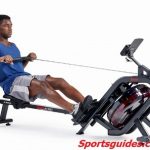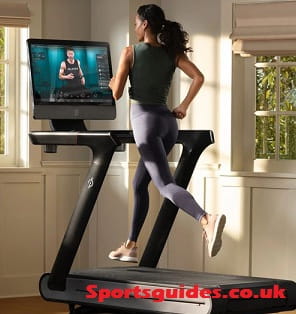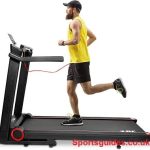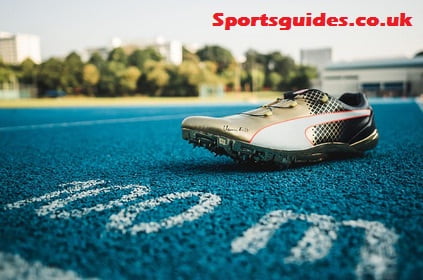
How to choose shoes for running?
It is important to have the right running shoes, as wearing the wrong type of shoes can be uncomfortable, cause shin splints, and even lead to injury! Yet, finding the perfect one is not as easy as picking up any old pair of sneakers that you must consider a lot of factors.
To get more detailed insight into picking a perfect fit for your feet, let’s look through our article to grasp more information on how to choose shoes for running relevantly!
Contents
How To Choose Shoes For Running?
Know The Shoe Types And Their Specialty
Regardless of your running style, suitable trainers will support your run and bring you more flexibility and durability. The level you get depends on where the shoe falls in 5 main categories, each serving a specific purpose. These groups include motion control, stability, cushioned, trail, and lightweight.
- Motion Control Running Shoes: Overpronators and flat-footed runners should benefit from this kind of shoes. Plastic, or high-density foam, or fibreglass are the most common materials used in these shoes.
It is for this reason that the midsole of motion control shoes has a distinct colour. As a result, the additional stiffness in these shoes helps prevent the overpronation of the foot and the heel from turning out.
- Neutral Cushioned Running Shoes: This shoe is lightweight and built to mould with your foot. It provides optimal cushioning, absorbs the impact you naturally do not in other shoes, and distributes weight evenly for a more comfortable run or walk.
- Stability Running Shoes: Stability shoes will be semi-curved. Specifically, they are designed to balance motion control shoes’ medial support and cushion with the durability that cushioned ones offer.
- Lightweight Running Shoes: Many runners often complain about being tired and sore, which is why lightweight shoes are great for them! They provide less weight to your feet and offer more flexible cushioning that combines both minimalists running and protection against impact forces on your joints.
- Trail Running Shoes: There are a lot of features that go into making trail running shoes. They have Gore-Tex liners, lugged rubber outsoles, and midfoot wraps to handle various types of terrain like the soft pack, hardpack, or fell. These shoes also tend to be harder wearing as more sturdy uppers safeguard your feet on long runs.
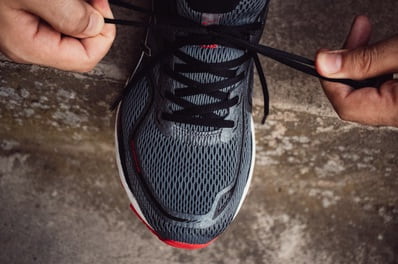
Knowing your shoe types and their specialty.
Know Your Pronation(gait)
Another matter to consider when it comes to “how to choose running shoes for beginners” is your pronation, which means the performance of your feet when running. As each type of trainer is best suited for different internal rotations, knowing your gait well should be a crucial step in finding your right shoes.
You can pronate in three ways:
- Overpronation: Runners who overpronate are more likely to roll their feet excessively. Then, their shoes’ patterns should be emphasised on the inside of the shoe.
The ideal running shoes: motion-control trainers that give a lot of support and stability.
- Basic Pronation: People with a neutral gait have a normal amount of foot inward roll. On most shoes, the design is centred on the ball of the foot and the heel area.
The ideal running shoes: highly flexible neutral cushioned shoes.
- Underpronation: Contrary to overpronators, under pronators’ feet tend to slide excessively outward. So, the patterns on their trainers should focus on the outside border of the shoe.
The ideal running shoes: neutral cushioned shoes.
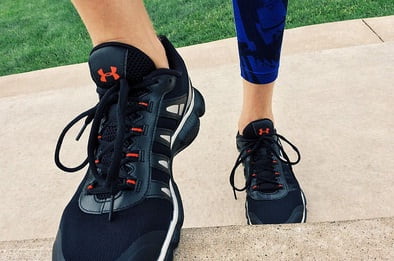
Knowing your pronation
Decide Your Goal
In the first place, we have a speed-concentrated purpose: faster running. In this case, responsive and light road running shoes could be the best choice. However, you should know that these shoes are probably better suited for shorter trips than longer ones unless you are well-trained.
Your ankles and foot strike should remain in the right position during your run if your aim is long-distance running. Thus, you may want to invest in stable running shoes.
A comfortable run on hard terrain is the last aim here. In this case, cushioning is the key characteristic to look for. Although all the finest road trainers will include cushioning elements, some might sacrifice a lightweight sensation for more cushioned comfort.
Decide What Surface You Run On
If you spend most of your training time on the street or sidewalk, you will want a pair of cushioned running shoes. Compared to off-road or lightweight shoes, this type offers better cushioning properties to absorb shock and minimise the chance of injury.
For soft, muddy trails, you’ll want trail shoes with a deep tread that provide superior grip and ankle support, both of which are essential for running on uneven terrain.
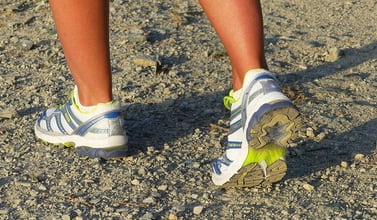
Decide on your running surface..
Fit
What matters most when choosing a running shoe is how well it fits your foot. Incorrectly fitted running shoes do not only make your running uncomfortable, but they can also cause you serious injury.
Decide Your Comfort Preference
Both the shoes’ foam firmness and material thickness (or stack height) influence your shoes’ “comfort level.” As your feet contact the ground, the substance, commonly polyurethane or EVA, in the midsole will absorb the shock to create a lightweight and comfortable feeling.
How thick or solid the midsoles below your feet are then depended on your taste. While many runners like a softer ride because it is more comfortable, others might prefer a more responsive stride. If you are not sure about your favourite type, trying on a range of trainers will help you decide.

Decide your comfort preferences before picking a pair of trainers!
Conclusion
For those wondering “how to choose shoes for running” we hope this blog post has been a helpful guide! As we’ve mentioned above, you must consider some important factors before picking your pair of trainers: types and specialty of shoes, your gait, your purpose, the surface, and your comfort preference.
If you have any questions or seek help finding the perfect pair of shoes for your feet type, please don’t hesitate to leave a comment! We are always happy to assist our readers in all their shoe-related needs.
Also, remember that it is important to understand what differentiates an optimal shoe for you from a sub-optimal one to make a wise purchase!
